Novice flower growers can tell little about such a representative of the buttercup family as the delphinium. To experienced summer residents, it is known as larkspur and larkspur. It includes about 450 varieties of annuals and perennials. The group of annual delphiniums is represented by 40 species. It is also customary to distinguish an adjacent genus called the consolida. The usual habitat of delphiniums is China, as well as most of the countries of Southeast Asia.
At the first meeting, many have the impression that the undisclosed delphinium is strong resembles a dolphin's head... This explains its name. At the same time, there is another hypothesis, according to which the name of the plant is associated with the Greek city of Delphi, where delphiniums grew in large numbers. But regardless of which version is true, most flower growers pay attention to the decorative properties of the plant, so it will not be superfluous in the flower garden.
Content
Delphinium flower: features
To grow this flower, you need to make a lot of effort, but first you should get theoretical training.
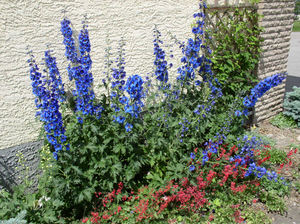 The most suitable place for planting a delphinium is a place that is illuminated by the sun's rays in the morning and protected from strong winds.
The most suitable place for planting a delphinium is a place that is illuminated by the sun's rays in the morning and protected from strong winds.- Particular attention should be paid to the soil structure, which should not contribute to water stagnation. Otherwise, the plant will rot and die.
- After planting, the root zone must be covered with a layer of mulch, for example, peat.
- Normal varieties of this plant can be grown in one place for a maximum of 5-6 years. Even less pleasing to the eye of a gardener, Pacific species, which require transplantation in 3-4 years. When such a moment comes, you have to divide the bush and choose a new place for the delphinium.
- Caring for this plant involves carrying out multiple garters, otherwise hollow stems may break due to the wind. In addition, the threat to the plant can be powdery mildew and certain types of pests.
If you spend enough time and energy caring for delphiniums, then you will subsequently be rewarded for your efforts - in June and then in August or September you will have the opportunity to enjoy the lush bloom of this plant.
Growing a delphinium from seeds
In order for the New Zealand delphinium to become one of the main decorations of your site, you need to get acquainted with the main stages of its cultivation in open ground.
Sowing delphinium
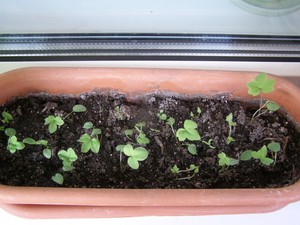 Using seeds for growing this perennial not only saves money, but also brings pleasure in the process of various events. Moreover, planting seeds is not the only method of reproduction of the delphinium. Also common ways are division of rhizomes, buds and cuttings... However, we are more interested in growing a delphinium from seeds.
Using seeds for growing this perennial not only saves money, but also brings pleasure in the process of various events. Moreover, planting seeds is not the only method of reproduction of the delphinium. Also common ways are division of rhizomes, buds and cuttings... However, we are more interested in growing a delphinium from seeds.
It is best to plan sowing at the end of February. It must be borne in mind that the storage conditions for seeds must be appropriate. If they lie in a dry and warm place, this will negatively affect their germination.Therefore, if you got some fresh seeds, then sowing must be done immediately or they can be left until the desired moment by placing in the refrigerator.
- The seeds of the perennial New Zealand delphinium are sown only after decontamination. To do this, you need to fold the planting material into a gauze bag and leave it in a bright pink potassium permanganate solution for 20 minutes.
- Also, seed treatment can be carried out using a solution prepared on the basis of a fungicide. However, in this case, you must exactly follow the instructions of the instructions.
- After that, the seeds must be rinsed directly in gauze with cold water, and then placed in an epin solution for a day. To prepare it, you need to dilute a few drops of the substance in half a glass of water. After these operations, the seeds are pulled out and allowed to dry.
The next step is soil preparation. To do this, you will need to take peat, garden soil and humus in equal amounts, as well as half of the washed and sifted sand. Also useful in this composition add perlite in accordance with the scheme - half a glass of the substance per 5 liters of the mixture. Thanks to him, the soil will become more moisture-absorbing and loose. Then the mixture must be placed in a water bath for warming up and kept there for 1 hour. This will remove weed seeds and mushroom spores. After that, they take the prepared containers and put the soil mixture in them, tamping it from time to time.
Delphinium landing. Sow seeds in such a way that they are evenly distributed over the soil surface. At the same time, you need to attach labels indicating the variety and day of sowing. Next, you need to pour the soil mixture directly onto the seeds with a layer of 3 mm. This will help prevent the seeds from floating up during the first watering. The top layer must be rolled lightly. Then take cold boiled water and spray the soil. Then the container with the landings is covered with a transparent lid, a black film or covering material is laid on it. This will create favorable conditions for the germination of delphinium seeds, since the fastest seedlings appear in the dark... Then the containers must be installed on the windowsill as close to the glass as possible.
For the early germination of seeds, it is necessary to maintain the temperature within + 10-15 degrees. The number of germinated seeds will be maximum if you put the container for 3-4 days in the refrigerator or glazed balcony. At the same time, do not be afraid of the night cold snap - they can easily withstand temperatures up to - 5 degrees. After another two weeks, you need to put the container with seeds on the windowsill.
The positive effect of this operation, which is called stratification, will manifest itself in the form of seedlings emergence within one to two weeks. Therefore, you need to constantly check the condition of the plantings and remove the film when the first shoots appear. You should also make sure that the ground is constantly moist. To do this, you need to regularly spray it and open the container for air access, with which condensation will be removed.
Delphinium seedlings
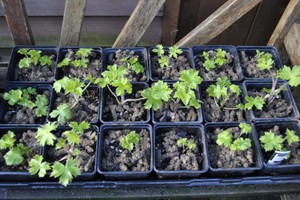 You can identify healthy seedlings by their dark green color and sturdy stems. Their cotyledons are usually pointed. After waiting for the formation of 2-3 leaves in plants, a pick of plants is carried out with a transplant in pots with a volume of 230 ml. Now they begin to grow at a temperature not higher than + 20 degrees Celsius... They need to be planted in a loose and breathable substrate.
You can identify healthy seedlings by their dark green color and sturdy stems. Their cotyledons are usually pointed. After waiting for the formation of 2-3 leaves in plants, a pick of plants is carried out with a transplant in pots with a volume of 230 ml. Now they begin to grow at a temperature not higher than + 20 degrees Celsius... They need to be planted in a loose and breathable substrate.
Plants are not watered very often, since there is a danger of the formation of a "black leg", due to which all seedlings may die. In early May, start airing the seedlings on the windowsill so that it can better adapt to natural conditions. It is also useful to take it out for a short while in bright sun.
Before the moment comes for planting seedlings to a permanent place, it must be fed. For this, drugs are used Agricola and Solution, which are applied once or twice at intervals of two weeks. During this operation, you should avoid getting the solution on the leaves. When the seedlings are old enough, they are planted in open ground. Usually at this stage, the earthen lump in the pot is already completely permeated with the root system, so it will not be difficult to remove the seedlings from the containers.
Delphinium landing
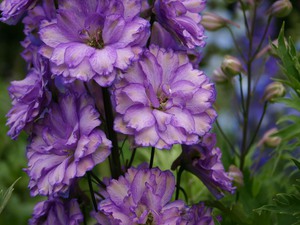 Favorable for planting seedlings of the New Zealand delphinium in a permanent place is the time when the last frost passes. I would like to repeat once again that it should be planted on an area that is illuminated by the sun until lunchtime, where water will not stagnate.
Favorable for planting seedlings of the New Zealand delphinium in a permanent place is the time when the last frost passes. I would like to repeat once again that it should be planted on an area that is illuminated by the sun until lunchtime, where water will not stagnate.
Before planting, it is necessary to prepare pits that must have the following dimensions:
- diameter - 40 cm;
- depth - 50 cm;
- the distance between plants is 60-70 cm.
After that, they must be filled with a soil mixture, for which you need to take humus (half a bucket), complex fertilizer (2 tablespoons), ash (1 glass). The composition must be mixed with the ground so that there is no contact of fertilizers with the root system of the seedlings. Next, you need to form a recess, plant a seedling in it, tamp the root zone well and water the garden bed. In the first weeks after planting the plant need protection from adverse conditions: for this they are put on plastic bottles or glass jars. With this cover, they should grow until they are fully rooted. At the first signs of growth, the shelter is removed.
Delphinium care
 Growing from seeds takes a lot of energy from the gardener, but caring for a plant is just as important as planting it. After waiting for the moment when the shoots reach a height of 10-15 cm, they are fertilized with a solution of cow dung. To prepare it, you need to dilute a bucket of fertilizer in 10 liters of water. The given rate is calculated for 5 large bushes. After the next weeding of the beds, the soil is covered a layer of mulch 3 cm thick... It can be humus or peat.
Growing from seeds takes a lot of energy from the gardener, but caring for a plant is just as important as planting it. After waiting for the moment when the shoots reach a height of 10-15 cm, they are fertilized with a solution of cow dung. To prepare it, you need to dilute a bucket of fertilizer in 10 liters of water. The given rate is calculated for 5 large bushes. After the next weeding of the beds, the soil is covered a layer of mulch 3 cm thick... It can be humus or peat.
Thinning of the bushes will be required at the moment when the height of the stems will be 20-30 cm. After the operation, no more than 3-5 stems should remain in the bush. As a result, it will be possible to expect that larger and more beautiful inflorescences will grow from them. During thinning, it is necessary to cut out the weakest shoots of the inner part of the bush. You need to choose a place for a cut as close to the ground as possible. Subsequently, this will protect against damage to plants by diseases, as well as provide a good flow of air.
If, after thinning, it turned out that the cuttings are not hollow and contain a heel, then they can be used for rooting. To do this, a mixture of charcoal and crushed heteroauxin tablets must be applied to the cut site, and then the cutting must be sprinkled with a mixture of sand and peat and placed under the film. The first roots in cuttings begin to form already after 3-6 weeks... When another two weeks have passed, they are planted in the garden. This is how the reproduction of the delphinium is carried out by cuttings.
After waiting for the moment when the height of the plants is 40-50 cm, next to each bush you need to install 3 support rods up to 180 cm high. It is advisable to choose places for them farther from the roots. Next, you need to tie up the stems of the plant to them using ribbons or strips of fabric. This will help prevent them from hitting the stems and getting damaged during strong winds. Once again, the garter is carried out when the plants reach a height of 100-120 cm.
Conclusion
Surely every summer resident dreams of growing on his site an unusual plant for our country. Therefore, a good option in this regard can be perennial delphinium... Growing from seeds is one of the easiest ways. Many people note the original appearance of his flower, which has similarity to the head of a dolphin... Therefore, this is already a good reason to grow this plant on your personal plot. Success in this business largely depends on the seedlings, so you need to pay attention to each stage of its cultivation.It is important not only to maintain a comfortable thermal regime, but also to correctly calculate the irrigation rate, otherwise the delphinium seedlings will not be able to survive until they are planted in the garden.
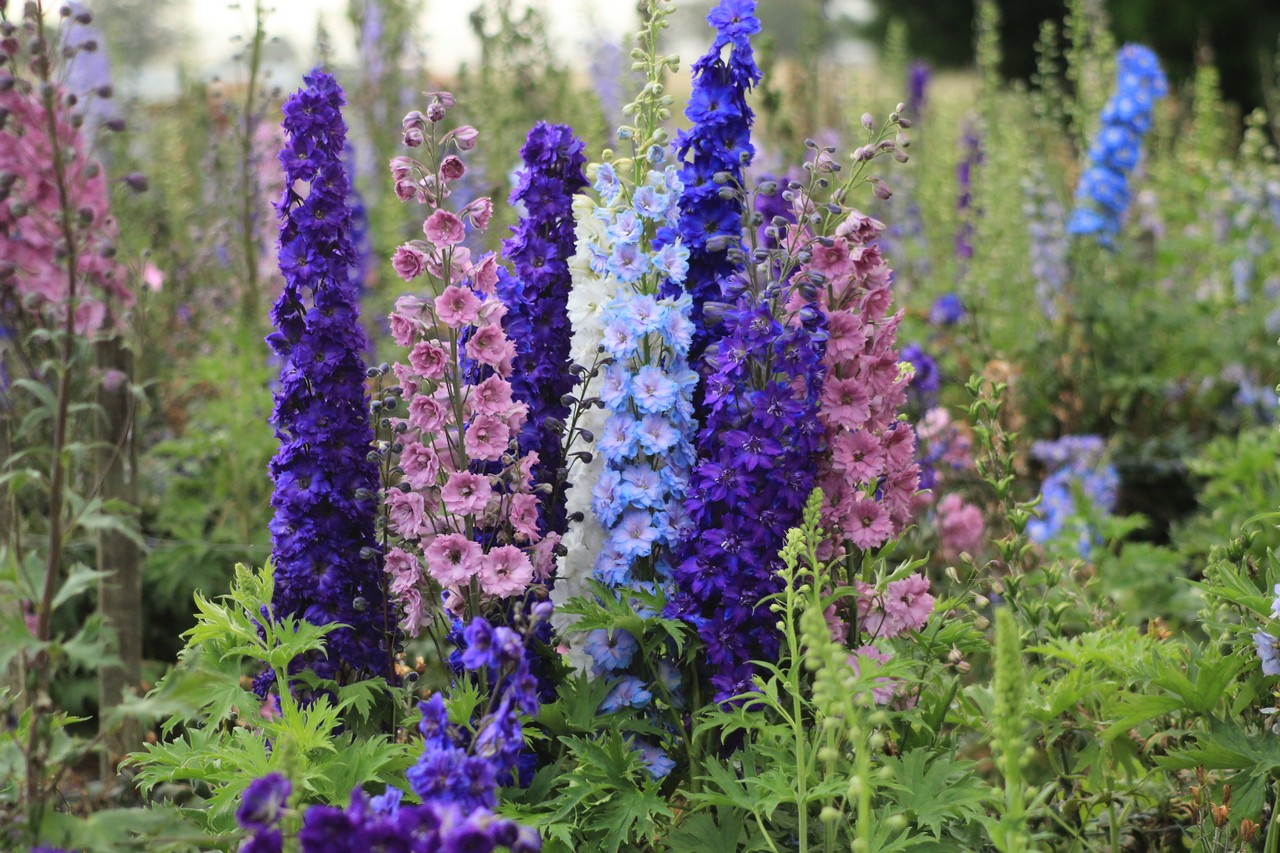
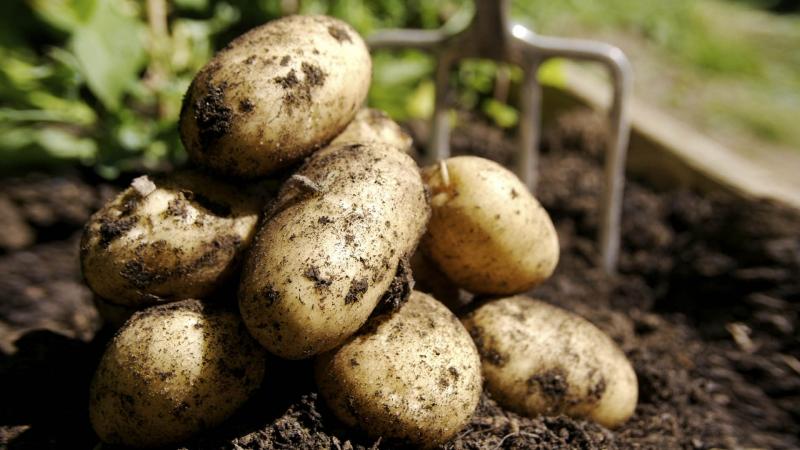
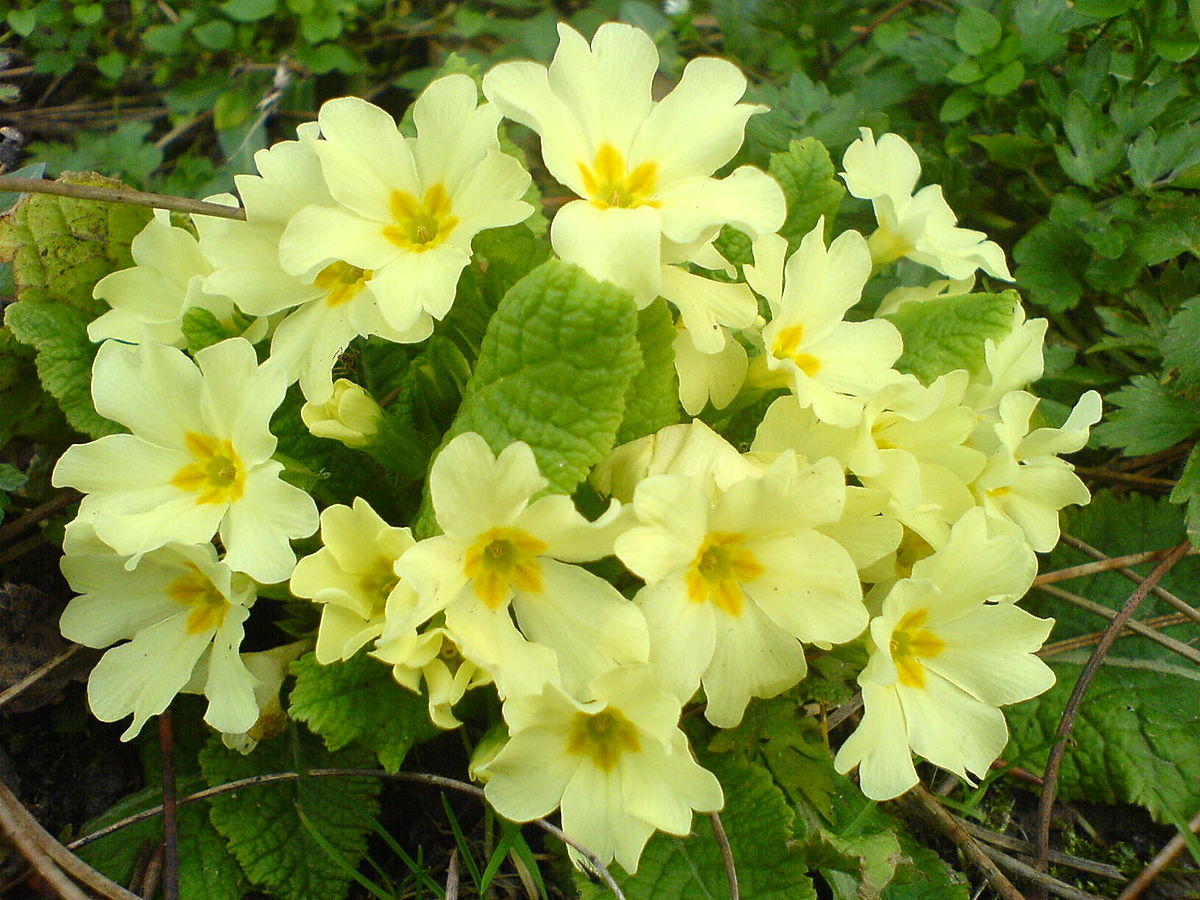
1 comment